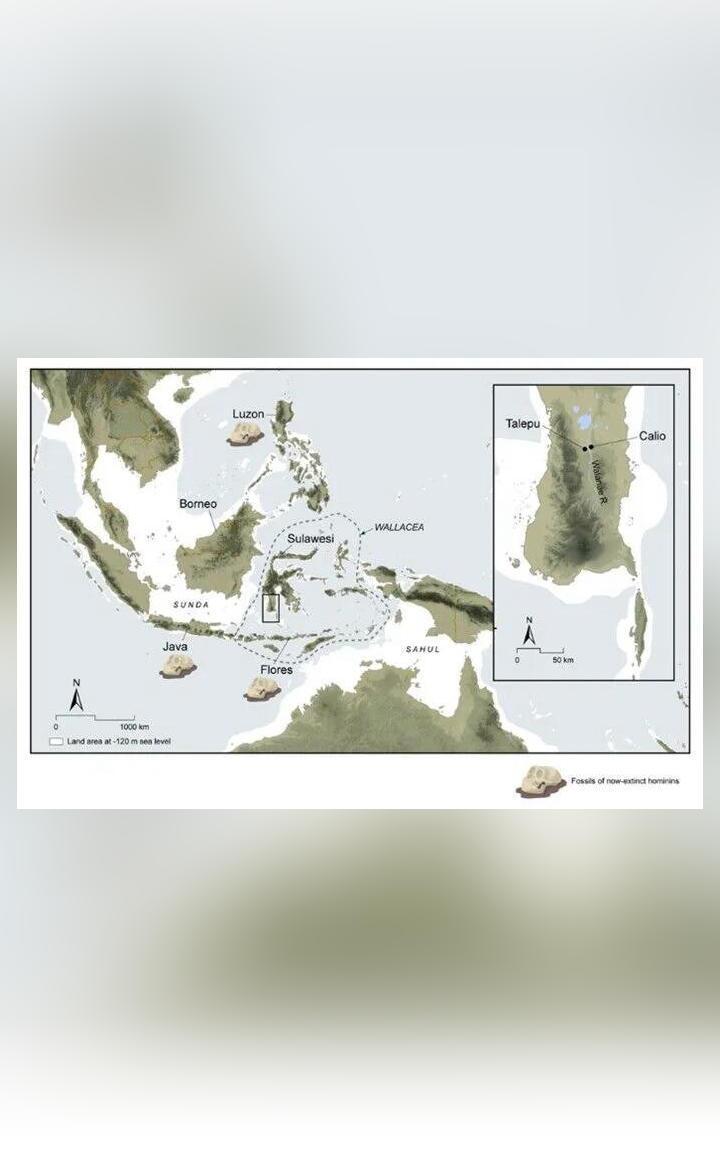
Oldest Evidence of Humans Found on Island near ‘Hobbit’ Homeland
For centuries, humans have been fascinated by the mysteries of our species’ evolution and migration. Recently, archaeologists from Indonesia and Australia made a groundbreaking discovery that sheds new light on the earliest human presence in the region. The team found the oldest evidence of human presence on Sulawesi, an island located near Flores, which was once home to the ancient ‘Hobbit’ species, Homo floresiensis. The stunning find, which dates back over one million years, suggests that early humans were capable of crossing ocean barriers far earlier than previously believed.
The discovery was made at the Calio site on Sulawesi, where archaeologists uncovered a collection of stone tools that have been estimated to be around 1.02 million years old. This remarkable find pushes back the known timeline of human presence in the region by at least 300,000 years, providing a fascinating glimpse into the early lives of our ancestors.
The ‘Hobbit’ species, Homo floresiensis, was first discovered in 2004 on the island of Flores. The species was notable for its small size, with adults reaching a height of just 3 feet 7 inches. Despite its diminutive stature, the ‘Hobbit’ was capable of hunting and gathering, and its discovery sent shockwaves through the scientific community.
The new find on Sulawesi island is significant not only because of its age but also because of its proximity to the ‘Hobbit’ homeland on Flores. The discovery suggests that early humans may have migrated between the two islands, which is a remarkable feat considering the distance and the technology available at the time.
The stone tools found at the Calio site are crude but effective, with some resembling modern-day chopping tools and others resembling hammerstones. While they may not be as sophisticated as tools used by modern humans, they demonstrate a level of sophistication and resourcefulness that is impressive considering their age.
The team of archaeologists, led by Indonesian researchers Dr. Rokus Awe and Dr. Adam Brumm, worked alongside Australian scientists to uncover the secrets of the Calio site. The team used a combination of excavation techniques, including careful digging and sieving, to recover the stone tools and other artifacts.
While the discovery is significant, it also raises more questions than it answers. For example, who were these early humans, and what kind of society did they live in? Did they migrate to the island or were they already present when the ‘Hobbit’ species arrived? These questions may never be fully answered, but the discovery provides a tantalizing glimpse into the lives of our ancestors.
The discovery of the oldest evidence of human presence on Sulawesi is a testament to the importance of continued archaeological research in the region. The find not only sheds new light on the early history of human migration but also highlights the significance of the ‘Hobbit’ species and its place in our understanding of human evolution.
As we continue to uncover the secrets of our past, we are reminded of the incredible journey that our species has undertaken. From the earliest hominins to the sophisticated societies of today, human history is a complex and fascinating tapestry that continues to captivate and inspire us.






